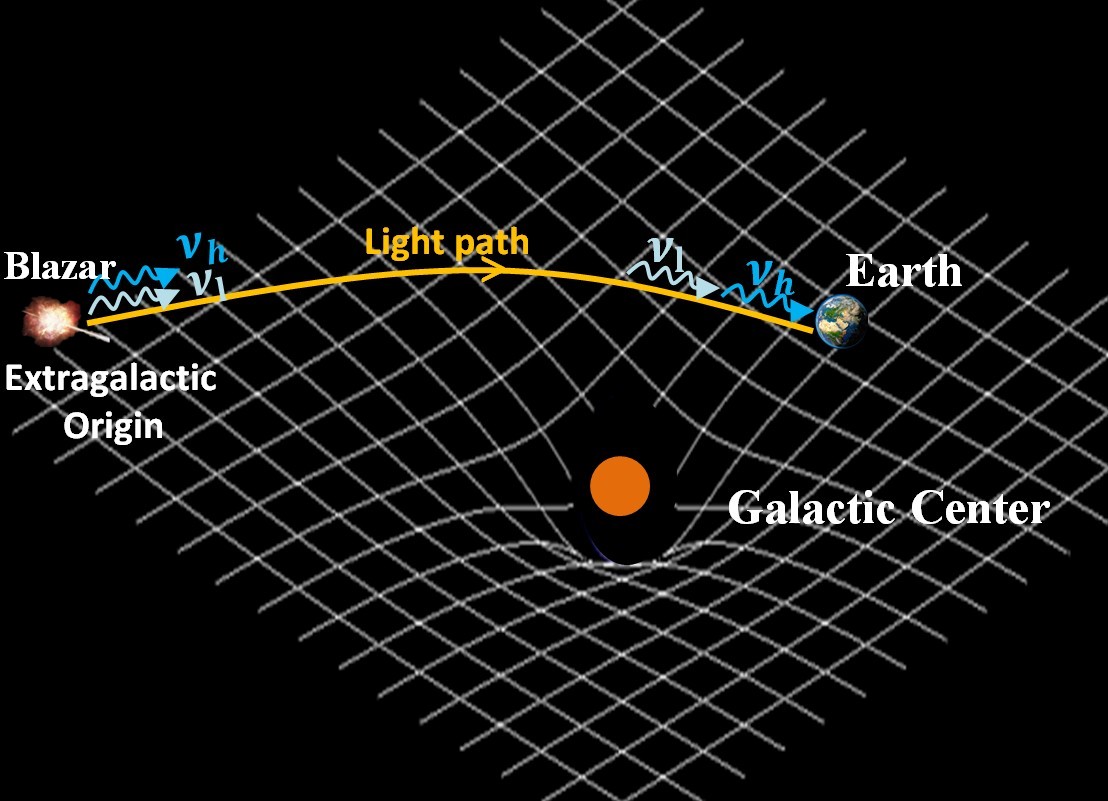The Einstein Equivalence Principle (EEP), which is one of the major pillars of general relativity and other metric theories of gravity, says that the trajectories of freely falling uncharged test bodies are independent of their internal compositions and structures. The possible violations of EEP would have significant impact on people's understanding of nature, it is therefore important to sequentially improve the verification of its accuracy. The validity of the EEP and general relativity in a post-Newtonian context can be characterized by limits on the numerical coefficients of the parameterized post-Newtonian (PPN) parameters, such as the parameter γ. Here γ is defined as how much space curvature is produced by unit rest mass. More specifically, one can test the EEP accuracy by constraining the differences of γ values for different types of massless (or negligible rest mass) neutral particles, or for the same type of particle with different energies, since all gravity theories incorporating the EEP also predict , where the subscripts correspond to two different test particles. In the present work, we propose that the observed time delays between different energy bands from TeV blazars provide a new interesting way of testing the EEP. If the whole time delay is assumed to be dominated by the gravitational field of the Milky Way (see Fig. 1), the conservative upper limit on the EEP can be estimated. Furthermore, we can combine these limits on the energy dependence of γ with the bound on the absolute γ value γ -1~0.3% from light deflection measurements at the optical (eV) bands, and conclude that this absolute bound on γ can be extended from optical to TeV energies. 
Figure 1. A cartoon picture The work by Jun-Jie Wei, Jie-Shuang Wang, He Gao, and Xue-Feng Wu has been published in The Astrophysical Journal Letters. Please see ApJL, 818, L2 (2016) for more details. (http://iopscience.iop.org/article/10.3847/2041-8205/818/1/L2/pdf). (Information Source: Purple Mountain Observatory, CAS) |

